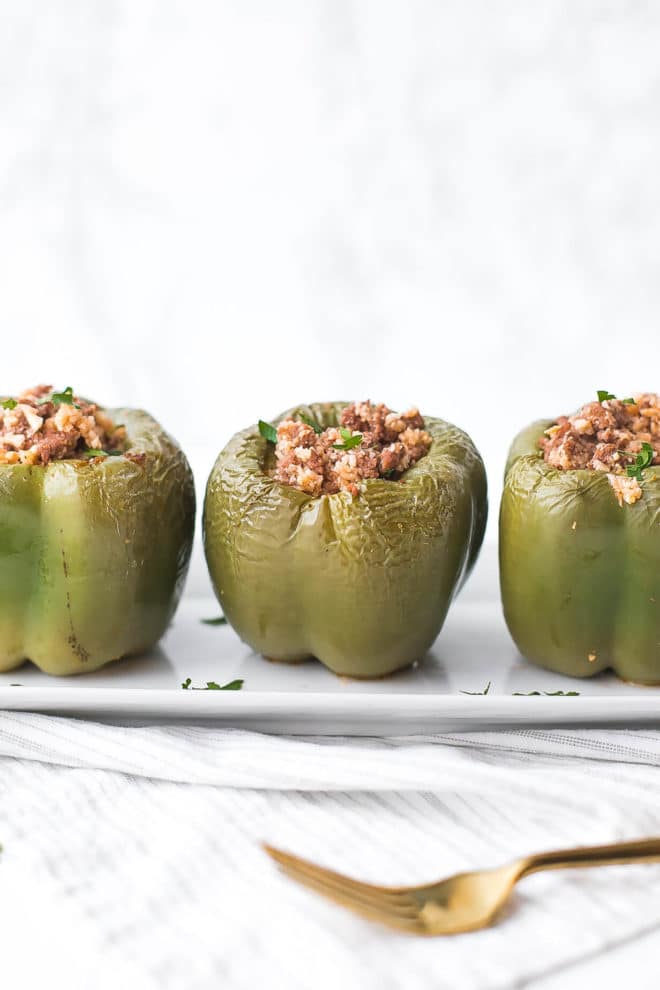How are insulin resistance and prediabetes diagnosed?
Health care providers use blood tests to determine whether a person has prediabetes, but they do not usually test specifically for insulin resistance. Insulin resistance can be assessed by measuring the level of insulin in the blood.
However, the test that most accurately measures insulin resistance, called the euglycemic clamp, is too costly and complicated to be used in most health care providers’ offices. The clamp is a research tool used by scientists to learn more about glucose metabolism. Research has shown that if blood tests indicate prediabetes, insulin resistance most likely is present.
Blood Tests for Prediabetes
All blood tests involve drawing blood at a health care provider’s office or commercial facility and sending the sample to a lab for analysis. Lab analysis of blood is needed to ensure test results are accurate. Glucose measuring devices used in a health care provider’s office, such as finger-stick devices, are not accurate enough for diagnosis but may be used as a quick indicator of high blood glucose.
Prediabetes can be detected with one of the following blood tests:
the A1C test
the fasting plasma glucose (FPG) test
the oral glucose tolerance test (OGTT)
A1C test.
Sometimes called hemoglobin A1c, HbA1c, or glycohemoglobin test, this test reflects average blood glucose levels over the past 3 months. This test is the most reliable test for prediabetes, but it is not as sensitive as the other tests. In some individuals, it may miss prediabetes that could be caught by glucose tests.
Although some health care providers can quickly measure A1C in their office, that type of measurement—called a point-of-care test—is not considered reliable for diagnosis. For diagnosis of prediabetes, the A1C test should be analyzed in a laboratory using a method that is certified by the NGSP.
The A1C test can be unreliable for diagnosing prediabetes in people with certain conditions that are known to interfere with the results. Interference should be suspected when A1C results seem very different from the results of a blood glucose test. People of African, Mediterranean, or Southeast Asian descent, or people with family members with sickle cell anemia or a thalassemia, are particularly at risk of interference. People in these groups may have a less common type of hemoglobin, known as a hemoglobin variant, that can interfere with some A1C tests.
An A1C of 5.7 to 6.4 percent indicates prediabetes.
More information about the A1C test is provided in the NIDDK health topic, The A1C Test and Diabetes.
Fasting plasma glucose test
This test measures blood glucose in people who have not eaten anything for at least 8 hours. This test is most reliable when done in the morning. Prediabetes found with this test is called IFG.
Fasting glucose levels of 100 to 125 mg/dL indicate prediabetes.
OGTT.
This test measures blood glucose after people have not eaten for at least 8 hours and 2 hours after they drink a sweet liquid provided by a health care provider or laboratory. Prediabetes found with this test is called IGT.
A blood glucose level between 140 and 199 mg/dL indicates prediabetes.
The table above lists the blood test levels for a diagnosis of prediabetes.
Understanding Test Results
A blood test indicating prediabetes means that insulin resistance has progressed to the point where the beta cells in the pancreas can no longer compensate and a person’s blood glucose levels are rising toward type 2 diabetes. The higher the test results, the greater the risk of type 2 diabetes. The level of risk also depends on an individual’s other risk factors, which are listed in the section “Who should be tested for prediabetes?”
Test numbers
For example, people with an A1C below 5.7 percent may still be at risk for diabetes if they have a family history of type 2 diabetes or have gained excess weight around the waist. People with an A1C above 6.0 percent should be considered at very high risk of developing diabetes. A level of 6.5 percent or above means a person has diabetes.
Follow up
People whose test results indicate they have prediabetes may be retested in 1 year and should consider making lifestyle changes to reduce their risk of developing type 2 diabetes.
Varying results
Although all these tests can be used to test for prediabetes, in some people one test will indicate a diagnosis of prediabetes or diabetes when another test does not. People with differing test results may be in an early stage of the disease, where blood glucose levels have not risen high enough to show on every test.
Health care providers repeat laboratory tests to confirm test results. Diabetes develops over time, so even with variations in test results, health care providers can tell when overall blood glucose levels are becoming too high.


